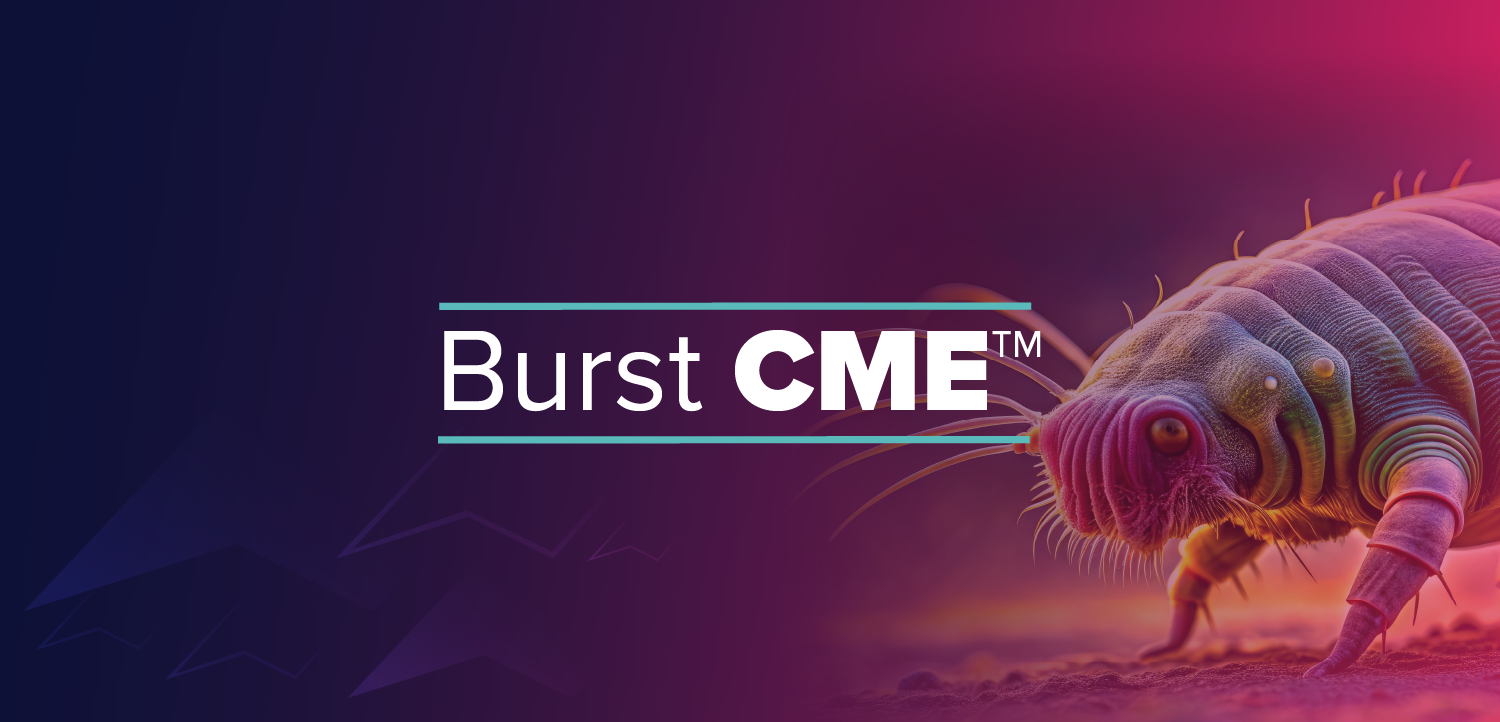Transistion from manual to femto keratoplasty
A commitment to predictability and safety
The introduction of femtosecond laser technology in the ophthalmologic practice has given rise to significant advances in a great variety of corneal surgical procedures, especially in terms of predictability and safety. This technology, based on the use of a solid state laser (Nd:Glass) beam of a wavelength of 1040–1060 nm, is able to induce a photodisruption of the corneal tissue at a specific plane without thermal or shockwave damage to the surrounding tissue, and with a extremely high level of precision. Specifically, femtosecond lasers form a series of microbubbles (3–12 µm) of carbon dioxide and water vapour due to the photodisruption induced at the programmed depth. These microbubbles interconnect generating a dissection plane. This capability of femtosecond laser technology of precisely programming and generating different types of corneal tissue dissections makes it a valuable tool for keratoplasty.
A valuable tool
Another significant advantage of femto keratoplasty is the possibility of customizing the corneal trephination according to an established pattern. As presented at Femto Keratoplasty Forum 2012 by Dr Thomas Neuhann, it is highly recommended to use dissections with an internal diameter smaller than the external and slanted inwards to promote good self healing.7 This can easily be achieved with the zigzag, tongue in groove ('barrel'), and 'square-zag' shapes.
Newsletter
Get the essential updates shaping the future of pharma manufacturing and compliance—subscribe today to Pharmaceutical Technology and never miss a breakthrough.












































